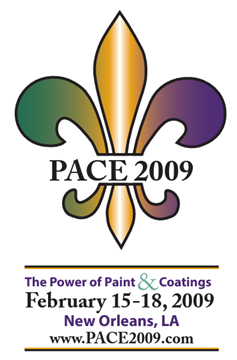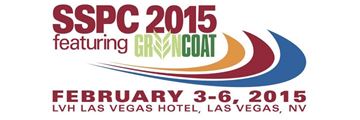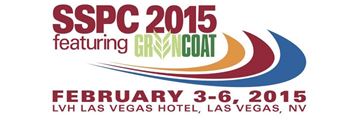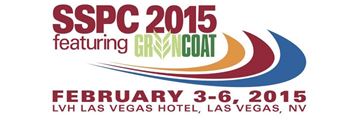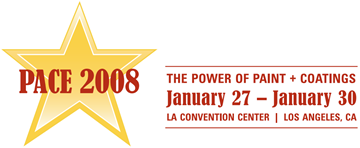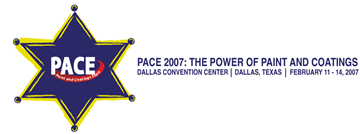Search
Products tagged with 'volatile organic compound (voc)'
View as
Sort by
Display
per page
New Solvent-Free Waterborne Epoxy Resin Dispersion for Low VOC 2-Pack Protective Coatings
Product Number:
41212-723-SG
Publication Date:
2012
$20.00
New Vinyl Coating System for the Marine Industry
Product Number:
41209-480-SG
Publication Date:
2009
$20.00
Novel Waterborne Technology Paves a New Roadway for Alkyds
Product Number:
41215-935-SG
Publication Date:
2015
$20.00
Performance Comparison of Waterborne and Solvent-Borne Epoxy Primers
Product Number:
41212-688-SG
Publication Date:
2012
$20.00
Secrets to Success - Examining the History and Chemistry Behind the Performance of Vinyl Resin Coatings
Product Number:
51216-013-SG
Publication Date:
2016
$20.00
Single-Component Polysiloxane: An Advanced Coating for Navy and Surface Topsides
Product Number:
41215-903-SG
Publication Date:
2015
$20.00
SP0487-2019, Considerations in the Selection and Evaluation of Rust Preventives and Vapor Corrosion Inhibitors for Interim (Temporary) Corrosion Protection
Product Number:
21037-2019
ISBN:
1-57590-097-1
Publication Date:
2019
$109.00
Technology Assessment of Architectural Coatings Relative to Regulatory Concerns in the South Coast Air Basin
Product Number:
41208-413-SG
Publication Date:
2008
$20.00
Technology Assessment of Architectural Coatings Relative to Regulatory Concerns in the South Coast Air Basin-Draft
Product Number:
41207-320-SG
Publication Date:
2007
$20.00
The Case Study of Foul Release Coating Application & Its Key Issues for Shipbuilding Industries
Product Number:
41214-812-SG
Publication Date:
2014
$20.00


